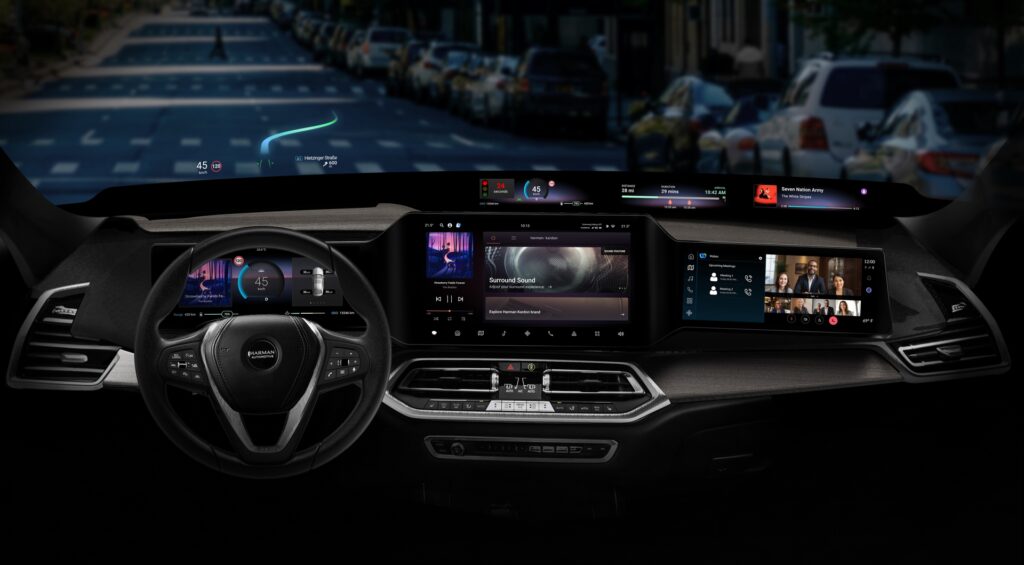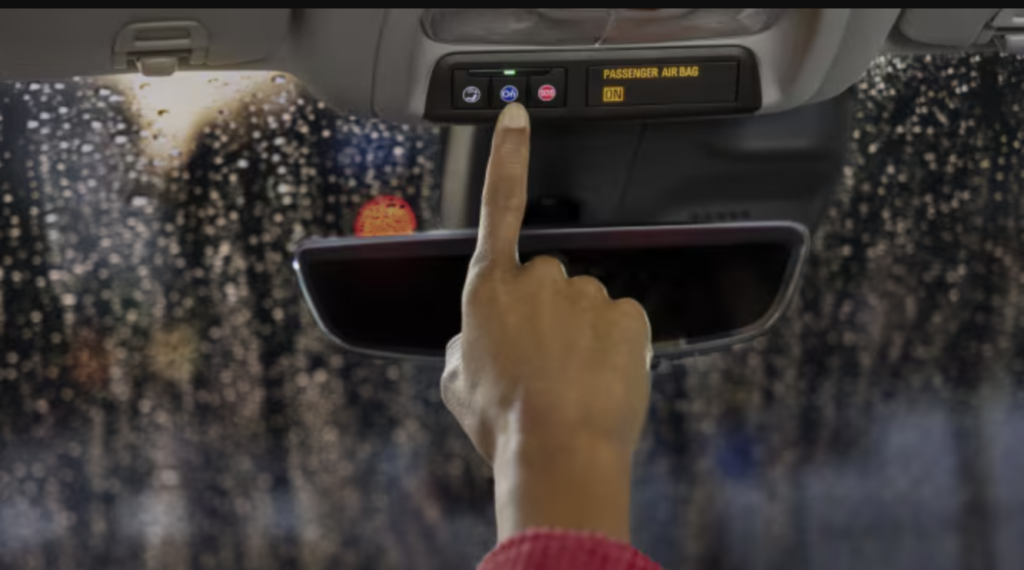The shift from a hardware-based mobility ecosystem to one defined by software offers numerous benefits for consumers. From immersive infotainment systems and greater personalisation to automated driving and over-the-air (OTA) updates, the driving experience promises to become more seamless, convenient and enjoyable. “Today’s sophisticated, digitally native buyers expect unhindered, ubiquitous connectivity,” says Pearse Keane, Automotive Product Director at engineering services provider Jabil. “They want lots of content options and to be able to add features. The software-defined vehicle (SDV) will support this extension of their digital life within the vehicle.”
For automakers, the SDV opens new revenue opportunities and could redefine the traditional brand/driver relationship. “With the ability to issue updates, the vehicle becomes a living product,” observes Antoine Vuillaume, SDV Programme Director at Renault’s Ampere division. “You can enrich those aspects that offer the most value for your customers.”
But what are these aspects, and are consumers convinced they are worth paying for?
What the customer wants
“It depends on geography, target audience, and buyer group,” says Remco Timmer, Here Technology’s Senior Vice President, Automotive Product Management. “As the hardware becomes less and less differentiated, the real differentiation comes from a software experience. There is a younger audience that’s very excited about the role of software in the vehicle and is willing to experiment, but we also see some consumers struggling to understand how the software can impact their day-to-day use of the car and how it could be used intuitively. The key is for brands to understand their audience.”
SDV solutions provider Cubic³ has been conducting consumer research on this very topic. Recent findings show that 25% of consumers have paid for digital services for their vehicles, though that figure almost doubles (44%) for those in the 18-24 age range. Most survey respondents express a willingness to pay, with only one in five not willing to pay anything through a monthly subscription. Automakers estimate drivers are willing to allocate US$11 a month for digital services, though drivers put that figure at US$7.70. In countries where car usage is higher, the willingness to pay increases. For example, US respondents are willing to pay the most at US$8.52 a month.

The research, published in the SDV Attitudes survey in April 2025, reflects feedback from 8,000 consumers across the US, the UK, Germany and Japan, and concluded that consumer willingness to pay for in-car digital subscriptions is likely to rise over time. “There is definitely a willingness on the part of consumers to engage with digital services and software-defined mobility,” says Cubic³ Chief Corporate Officer David Kelly. “Looking at the throughput of data that’s used by vehicles, we can observe significant trends in the way people interact with their vehicles, and participation [in the digital ecosystem] is definitely growing.”
Cubic³ found that 44% of global consumers support carmakers monetising in-vehicle data, but this hasn’t always been done successfully. BMW’s early attempt of heated seats on subscription proved disastrous, and the automaker was forced to readjust the strategy after receiving numerous complaints from owners. The issue with that particular monetisation attempt was that consumers suddenly had to subscribe to features that were originally built into the hardware. “This is a good example of not having done the consumer research prior to launching the service,” suggests Keane. “It wasn’t a digital service and it was already hardwired into the vehicle. The expectation among consumers was that it should be there if they bought it. But the industry business models have become much more refined since then.”
Cubic suggests that consumers are most willing to pay for tangible, vehicle-based services. As Kelly explains: “These are the services that people can touch and feel in the vehicle and that are distinct from what they have on their phone.” He offers speed-limit warnings and automated parking assist as examples. Ironically, most of these more tangible services are currently offered for free. “There’s a slight disconnect between what people are willing to pay for compared to what OEMs are actually doing,” he tells Automotive World. “Nobody is charging for something like speed-limit warnings as an additional layered-on service, but research suggests there’s a willingness to pay for some of that.”
Getting it right
BMW’s heated seat debacle offers an example of how not to go about monetising services, but there are plenty of other more successful examples. Jabil’s Keane points to Tesla as a template for others to follow: “The pricing for Tesla’s automated driving package can run into the thousands of dollars, and the company has been able to monetise that quite well. Some of that involves hardware already in the vehicle, and some of it is software-based connected services.” Take rates for Tesla’s misleadingly named Full Self-Driving have varied widely over the years and by region, and often in response to pricing changes.

Kelly also praises Tesla’s pricing transparency when it comes to extra features, noting that the website clearly distinguishes which services are offered for free and which require an additional tariff plan. He similarly flags General Motors as an early success story with OnStar and emphasises the importance of its clear pricing regarding extra services and features: “GM has four layers of products, starting from Internet Radio and some of the basic stuff for something like US$9.99 a month, and then it layers up as and when you want to take additional services. There’s a top tier of unlimited access to all services. It’s easy to consume. I would say GM comes the closest to getting it right, though it still has some way to perfecting the model.”
Timmer doesn’t single out any specific brand but suggests that if any service “truly adds convenience for users, they will be happy to pay and will in fact really enjoy it. As soon as you bring that convenience, consumer acceptance will automatically follow.”
A nuanced landscape
While early developments on monetising SDV-enabled services look promising, the industry remains at the start of its journey. Cubic³ found that consumers around the world remain concerned about cyber security. Nearly half of survey respondents (48%) stated they are worried their car could be hacked. OEMs are aware of the importance of cyber security, and 86% reported that they regard the security of their digital services as important. Consumers are also worried about industry practices around data, and 50% do not think OEMs should be able to sell driver data to third parties as an additional revenue stream. In contrast 25% of consumers are happy with the practice; just 18% of OEMs report that they are doing this.
On the whole, the research from Cubic³ paints a nuanced landscape as automakers come to grips with software-defined mobility. While the conclusions are generally optimistic, automakers will need to keep consumer sentiments top of mind as they refine their go-to-market strategies. “Understanding the end consumer’s needs is the best way to ensure success,” observes Gari Martin, Senior Vice President of Product Commercialisation at Cubic³.
